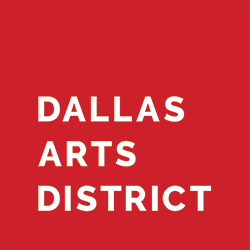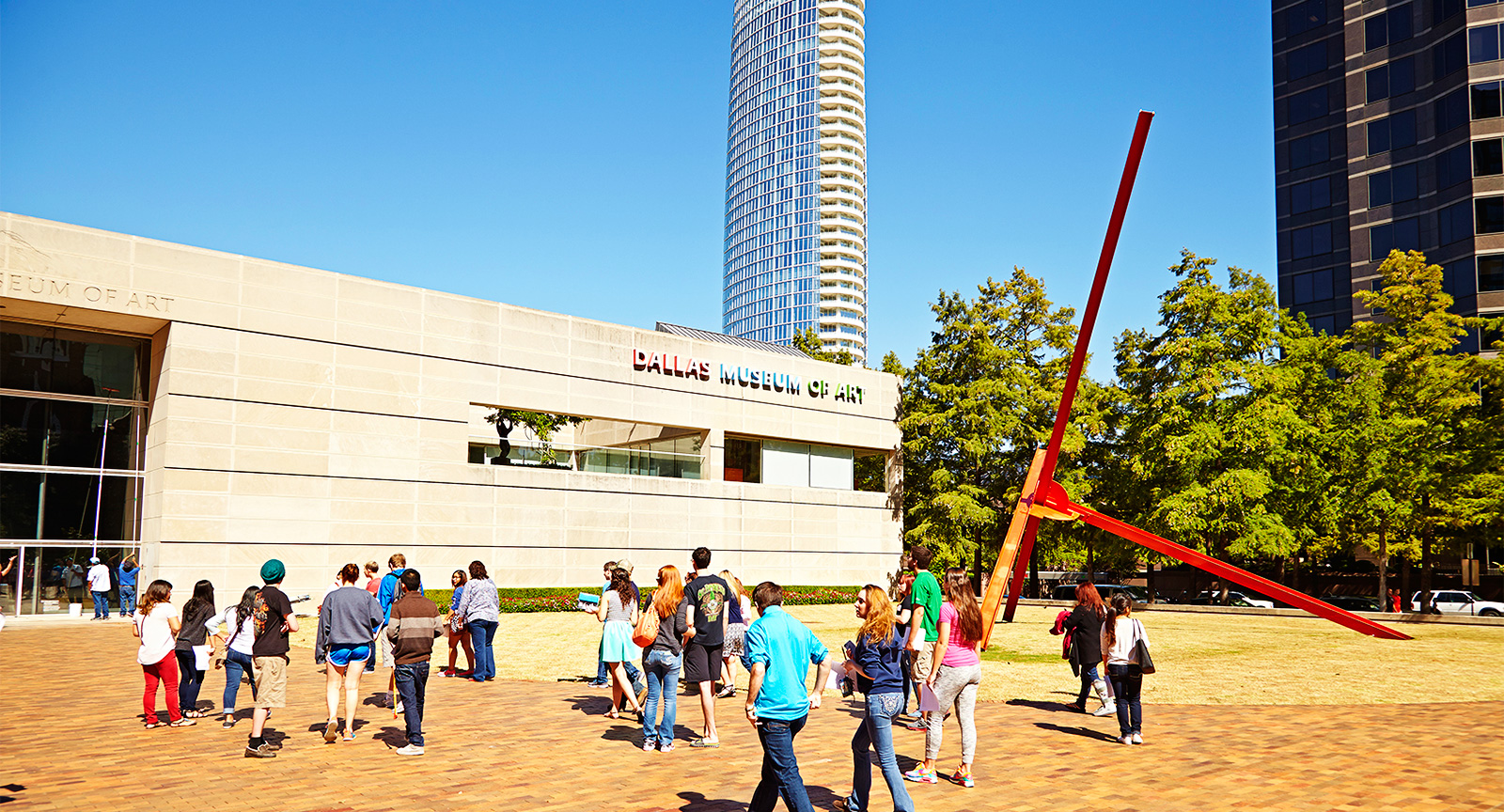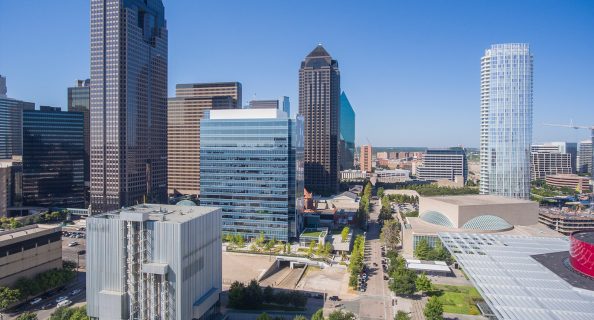June 9 2015
CONTRIBUTOR
It’s around 7 p.m. on a Friday and the Dallas Museum of Art is about to experience the busiest May ever of its Late Nights, where it’s open until midnight every third Friday of each month. It wasn’t due to a blockbuster exhibition by a blue-chip artist like James Turrell, or because of a historical draw akin to the hit the Treasures of Tutankhamen, nor was it because of the wonder of a fashion exhibition that celebrated a late designer, like Alexander McQueen: Savage Beauty did for the Metropolitan Museum of Art in New York and the Victoria and Albert Museum in London. The attraction that night was an interactive performance-based installation by the 30-year-old New York-based artist Kevin Beasley.
Beasley executed the installation, titled “Black Rocker,” in between a Dale Chihuly sculpture of giant Murano glass flowers that hang on the museum’s café window and an enormous painting by Robert Rauschenberg that hung behind him. Beasley acted like a ringmaster, controlling sounds on a black rocker, while participants sat on pads equipped with microphones that were wrapped in colorful fabric. They could do whatever they wanted — pound on them like drums or drop them. Beasley also had the ability to control the sounds through a series of mute switches on the control panel. “I’m noticeably putting myself in a position of power, but also I’m relinquishing that power,” said the artist.
The performance was part of the inaugural Soluna, a three-week long festival in Dallas, Texas that seeks to introduce different audiences to new art forms — classical music enthusiasts have the opportunity to take in contemporary art while watching like through the Pipilotti Rist, or young indie music fans can hear the Dallas Symphony Orchestra while watching the homegrown singer St. Vincent perform.
For the last four decades, the Dallas Arts District was a billion-dollar work in progress, with starchitect-designed cultural institutions popping up every few years like the I.M. Pei-designed Morton H. Meyerson Symphony Center, which was completed in 1989, and the Renzo Piano-designed Nasher Sculpture Center, which opened in 2003, along with a number of others. The Arts District was finally completed in 2012, but the city discovered that there were a number of hurdles ahead, like how to attract visitors from Dallas’s underprivileged communities, and how to get classical music and dance enthusiasts into the art museums, and vice versa. Each building kept attracting the same audience — until the three-week Soluna International Arts & Music Festival. ““I thought we have this incredible arts district here,” said Anna-Sophia van Zweden, one of the co-founders of Soluna. “It would be such a waste not to collaborate with the other institutions.”
Related Links:
http://www.forbes.com/sites/abinlot/2015/06/09/soluna-bridges-the-gap-between-classical-music-and-contemporary-culture/#51c3686947ac


